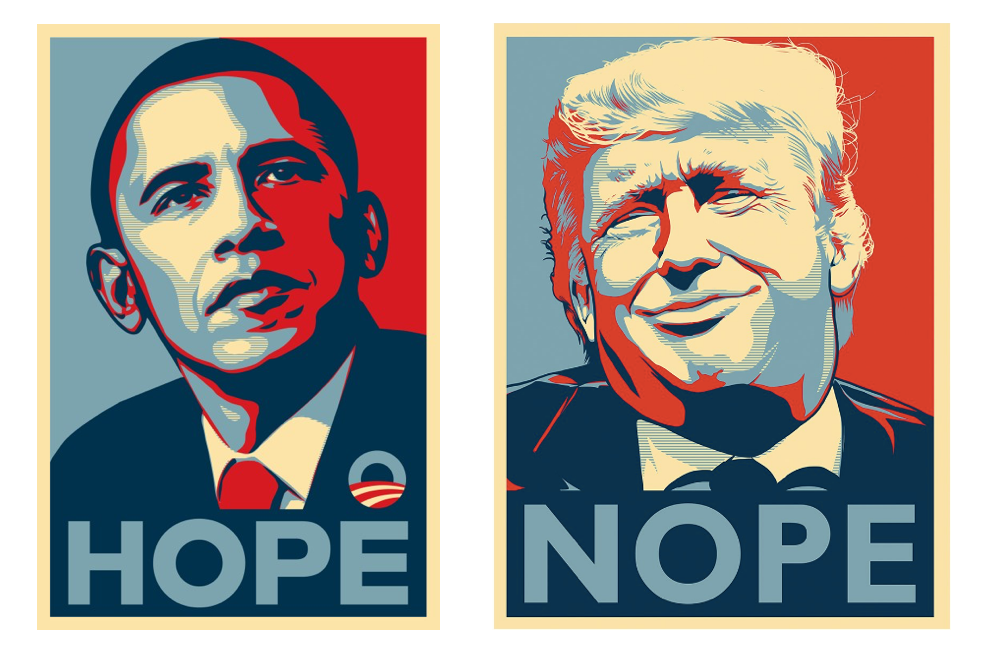Are You a Hedgehog or a Fox? Considering the Monist and Pluralist Views of How Communication Works
In his celebrated 1953 essay on Tolstoy, ‘The Hedgehog and the Fox,’ philosopher Isaiah Berlin quotes a fragment attributed to the Ancient Greek poet Archilochus:
‘The fox knows many things, but the hedgehog knows one big thing.’
This line has sometimes been taken to suggest that hedgehogs are superior to foxes, because their singular defensive skill trumps the many and various wiles of the fox. Foxes can run and dart and hide and pounce. A hedgehog just rolls itself up into a very effective spikey ball. Archilochus may, of course, be pointing out the distinction in skills without attributing superior worth. In any case, Berlin employs the analogy of the Hedgehog and the Fox to illuminate two fundamentally different types of thinking:
‘There exists a great chasm between those, on one side, who relate everything to a single central vision, one system, less or more coherent or articulate, in terms of which they understand, think and feel – a single, universal, organising principle in terms of which alone all that they are and say has significance – and, on the other side, those who pursue many ends, often unrelated and even contradictory, connected, if at all, only in some de facto way, for some psychological or physiological cause, related to no moral or aesthetic principle.’
Berlin establishes two camps.
The Hedgehogs are monists, ever in search of overarching laws, panoramic principles, universal theories. Their enthusiasms and enquiries converge, centripetally, on singular visions. To their team he assigns the likes of Plato, Dante, Dostoevsky, Nietzsche and Ibsen.
The Foxes, by contrast, are pluralists. They enjoy exploring the infinite multiplicity of life. Their interests and opinions spin off, centrifugally, in all sorts of different, sometimes conflicting, directions. To them Berlin assigns Herodotus, Shakespeare, Montaigne, Pushkin, Joyce and others.
Since the publication of Berlin’s essay, writers have enjoyed categorising novelists, philosophers, economists, musicians, and anyone else you’d care to mention, into singular Hedgehogs and pluralist Foxes.
In the field of business critics have observed that Hedgehog leaders value focus, best practice, order and specialism. By contrast Fox leaders cherish diverse skillsets, complexity, adaptability and speed. Some infer that it’s the Foxes that thrive in the new economy.
When in 2014 the statistician Nate Silver launched his data journalism organization, FiveThirtyEight, he incorporated a fox in the company logo. In a manifesto he explained:
‘We take a pluralistic approach and we hope to contribute to your understanding of the news in a variety of ways.’
Categorising Hedgehogs and Foxes has become something of an academic parlour game. But the ubiquity of the analogy doesn’t undermine its interest. Inevitably one has to ask: in the field of communications, who are the Hedgehogs and who are the Foxes?
When I came into the advertising profession in the late 1980s I was inducted, by experience and case studies, into a singular model of effectiveness that combined rational and emotional persuasion. Advertising was a sugar-coated pill, an exercise in earned attention, focused messaging and subtle seduction. Our benchmarks were VW and Levi’s, Carling and Courage Best. I guess in those days, in Berlin’s terms, I was a Hedgehog. I believed that all roads led to the same model of persuasion.
But as my career progressed I kept encountering admirable campaigns that didn’t quite fit this model. Radion advertising was brutal and crude, but it clearly precipitated action. Gap commercials lacked a proposition, but their effortless style carried the day. Chanel’s Egoiste was empty, but effective. Cadbury’s Gorilla made little logical sense, but it didn’t seem to matter.
With every passing year and every new exception, my Hedgehog mentality was chipped away. I reflected fondly on the directness of the jingles, slogans and anthropomorphism with which I’d grown up. With the dawn of the social age, I admired the infinite variety of memes, the viral impact of stunts, the authentic transparency of verite, the smart psychology of nudges. Gradually I became an open-minded pluralist; a student of many schools of communication effectiveness. I became a Fox.
In his excellent book, ‘The Anatomy of Humbug’, Paul Feldwick reviews the numerous theories of how advertising works. He explores the various traditions of rational persuasion and unconscious communication, ‘salesmanship’ and ‘seduction’ as he terms them. He also considers the effectiveness of salience and fame, social connection and relationships, PR and showmanship. He concludes that all these approaches have genuine merit:
‘These are not to be understood as rival or mutually exclusive theories – they are all intended as different ways of thinking about the same thing, all of which may have their uses, and each of which alone has its limitations.’
Every generation brings a new theory of how communication works. Every cohort creates new tools and techniques, methods and models. Most of these have some value in illuminating their particular field and broadening our understanding of the art of persuasion. But I have remained sceptical of anyone that preaches a singular gospel; a definitive model; a theory of everything. It’s Fool’s Gold.
And I don’t listen to Hedgehogs any more.
No. 184














